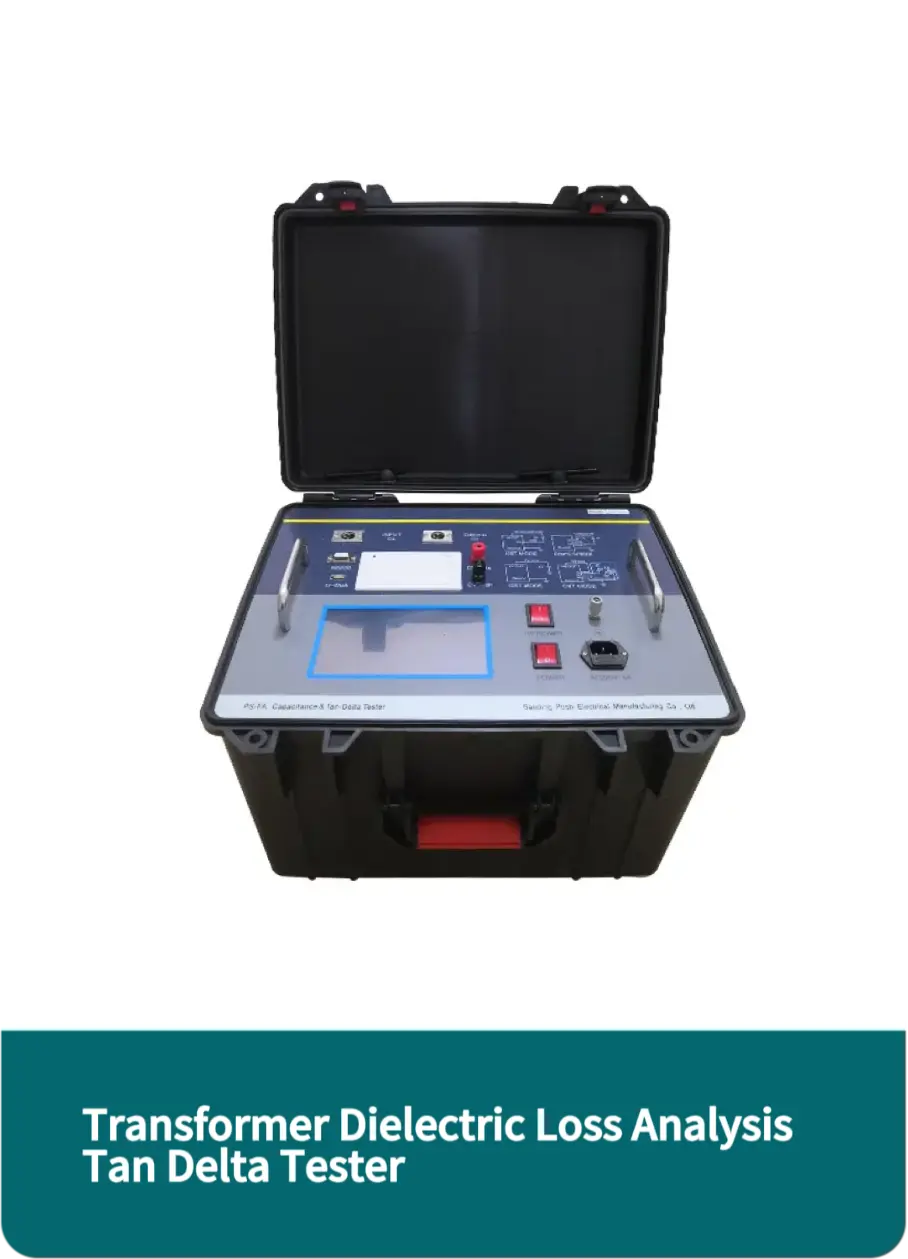 English
English



-
 Afrikaans
Afrikaans -
 Albanian
Albanian -
 Amharic
Amharic -
 Arabic
Arabic -
 Armenian
Armenian -
 Azerbaijani
Azerbaijani -
 Basque
Basque -
 Belarusian
Belarusian -
 Bengali
Bengali -
 Bosnian
Bosnian -
 Bulgarian
Bulgarian -
 Catalan
Catalan -
 Cebuano
Cebuano -
 China
China -
 China (Taiwan)
China (Taiwan) -
 Corsican
Corsican -
 Croatian
Croatian -
 Czech
Czech -
 Danish
Danish -
 Dutch
Dutch -
 English
English -
 Esperanto
Esperanto -
 Estonian
Estonian -
 Finnish
Finnish -
 French
French -
 Frisian
Frisian -
 Galician
Galician -
 Georgian
Georgian -
 German
German -
 Greek
Greek -
 Gujarati
Gujarati -
 Haitian Creole
Haitian Creole -
 hausa
hausa -
 hawaiian
hawaiian -
 Hebrew
Hebrew -
 Hindi
Hindi -
 Miao
Miao -
 Hungarian
Hungarian -
 Icelandic
Icelandic -
 igbo
igbo -
 Indonesian
Indonesian -
 irish
irish -
 Italian
Italian -
 Japanese
Japanese -
 Javanese
Javanese -
 Kannada
Kannada -
 kazakh
kazakh -
 Khmer
Khmer -
 Rwandese
Rwandese -
 Korean
Korean -
 Kurdish
Kurdish -
 Kyrgyz
Kyrgyz -
 Lao
Lao -
 Latin
Latin -
 Latvian
Latvian -
 Lithuanian
Lithuanian -
 Luxembourgish
Luxembourgish -
 Macedonian
Macedonian -
 Malgashi
Malgashi -
 Malay
Malay -
 Malayalam
Malayalam -
 Maltese
Maltese -
 Maori
Maori -
 Marathi
Marathi -
 Mongolian
Mongolian -
 Myanmar
Myanmar -
 Nepali
Nepali -
 Norwegian
Norwegian -
 Norwegian
Norwegian -
 Occitan
Occitan -
 Pashto
Pashto -
 Persian
Persian -
 Polish
Polish -
 Portuguese
Portuguese -
 Punjabi
Punjabi -
 Romanian
Romanian -
 Russian
Russian -
 Samoan
Samoan -
 Scottish Gaelic
Scottish Gaelic -
 Serbian
Serbian -
 Sesotho
Sesotho -
 Shona
Shona -
 Sindhi
Sindhi -
 Sinhala
Sinhala -
 Slovak
Slovak -
 Slovenian
Slovenian -
 Somali
Somali -
 Spanish
Spanish -
 Sundanese
Sundanese -
 Swahili
Swahili -
 Swedish
Swedish -
 Tagalog
Tagalog -
 Tajik
Tajik -
 Tamil
Tamil -
 Tatar
Tatar -
 Telugu
Telugu -
 Thai
Thai -
 Turkish
Turkish -
 Turkmen
Turkmen -
 Ukrainian
Ukrainian -
 Urdu
Urdu -
 Uighur
Uighur -
 Uzbek
Uzbek -
 Vietnamese
Vietnamese -
 Welsh
Welsh -
 Bantu
Bantu -
 Yiddish
Yiddish -
 Yoruba
Yoruba -
 Zulu
Zulu
fractional distillation equipment
Understanding Fractional Distillation Equipment
Fractional distillation is a crucial process in the chemical and petroleum industries, allowing for the separation of liquid mixtures into their individual components based on differences in boiling points. This separation technique is widely employed for purifying solvents, alcohol production, and refining crude oil, necessitating the use of specialized equipment. Understanding the components and operation of fractional distillation equipment is vital for efficient and effective separations.
Components of Fractional Distillation Equipment
1. Distillation Column The heart of fractional distillation equipment is the distillation column. This vertical structure is packed with materials such as trays or packing that provide surface area for vapor and liquid to interact. As the mixture heats up and vaporizes, the more volatile components rise through the column, whereas less volatile components remain in the liquid phase and descend.
2. Reboiler Located at the base of the distillation column, the reboiler serves to heat the liquid mixture, generating vapor that rises up the column. The design of the reboiler can vary, including kettle, thermosiphon, or forced circulation configurations, depending on the thermal efficiency required for the process.
3. Condenser At the top of the fractionation column, the condenser cools the vapor, turning it back into a liquid. This component is critical for ensuring that the desired fractions can be collected and further processed. The condenser may operate under different cooling methods, such as water-cooled or air-cooled, to efficiently remove heat from the vapor.
4. Collection Vessels As different fractions condense at various heights in the column, collection vessels are strategically placed to capture these selected components. These vessels are often equipped with valves and sampling ports to allow for easy monitoring and collection of the separated liquids.
fractional distillation equipment

5. Thermometer and Pressure Control Monitoring temperature and pressure within the system is essential for optimizing the separation process. Accurate thermometers and pressure gauges help identify the boiling points of individual components and ensure the distillation operates under desired conditions, thereby maximizing separation efficiency.
Operating Principles
The operation of fractional distillation relies on the principle of selective boiling and condensation. When the mixture enters the reboiler, the heat causes the more volatile components to vaporize first. As the vapor moves up the column, it cools and loses some of its energy, leading to condensation of less volatile components back into the liquid phase. This vaporization and condensation cycle continues, allowing the most volatile components to be collected at the top, while the less volatile ones remain towards the bottom.
Applications of Fractional Distillation
Fractional distillation is employed in various fields. In the petroleum industry, it is used to separate crude oil into useful fractions such as gasoline, diesel, kerosene, and other petrochemicals. In the beverage industry, fractional distillation is critical for producing spirits and high-purity alcohols. Additionally, it plays a significant role in the production of solvents and in the chemical manufacturing processes where purity of the end product is paramount.
Conclusion
Fractional distillation equipment is an indispensable tool in the separation and purification of liquid mixtures. Understanding its components—such as the distillation column, reboiler, condenser, and collection vessels—along with its operating principles, is vital for optimizing industrial processes. As industries continue to demand higher purity products and effective resource management, the significance of fractional distillation will undoubtedly grow in importance. This process not only contributes to economic efficiency but also plays a crucial role in sustainable practices by maximizing the yield and minimizing waste.
-
Testing Equipment Industry Sees Major Advancements in 2025: Smart & Precision Technologies Lead the WayNewsJun.06,2025
-
Applications of Direct Current Generators in Renewable Energy SystemsNewsJun.05,2025
-
Hipot Tester Calibration and Accuracy GuidelinesNewsJun.05,2025
-
Digital Circuit Breaker Analyzer Features and BenefitsNewsJun.05,2025
-
Benefits of Real-Time Power Quality Monitoring Devices for Industrial EfficiencyNewsJun.05,2025
-
Earth Fault Loop Testing in High-Rise Building Electrical SystemsNewsJun.05,2025



